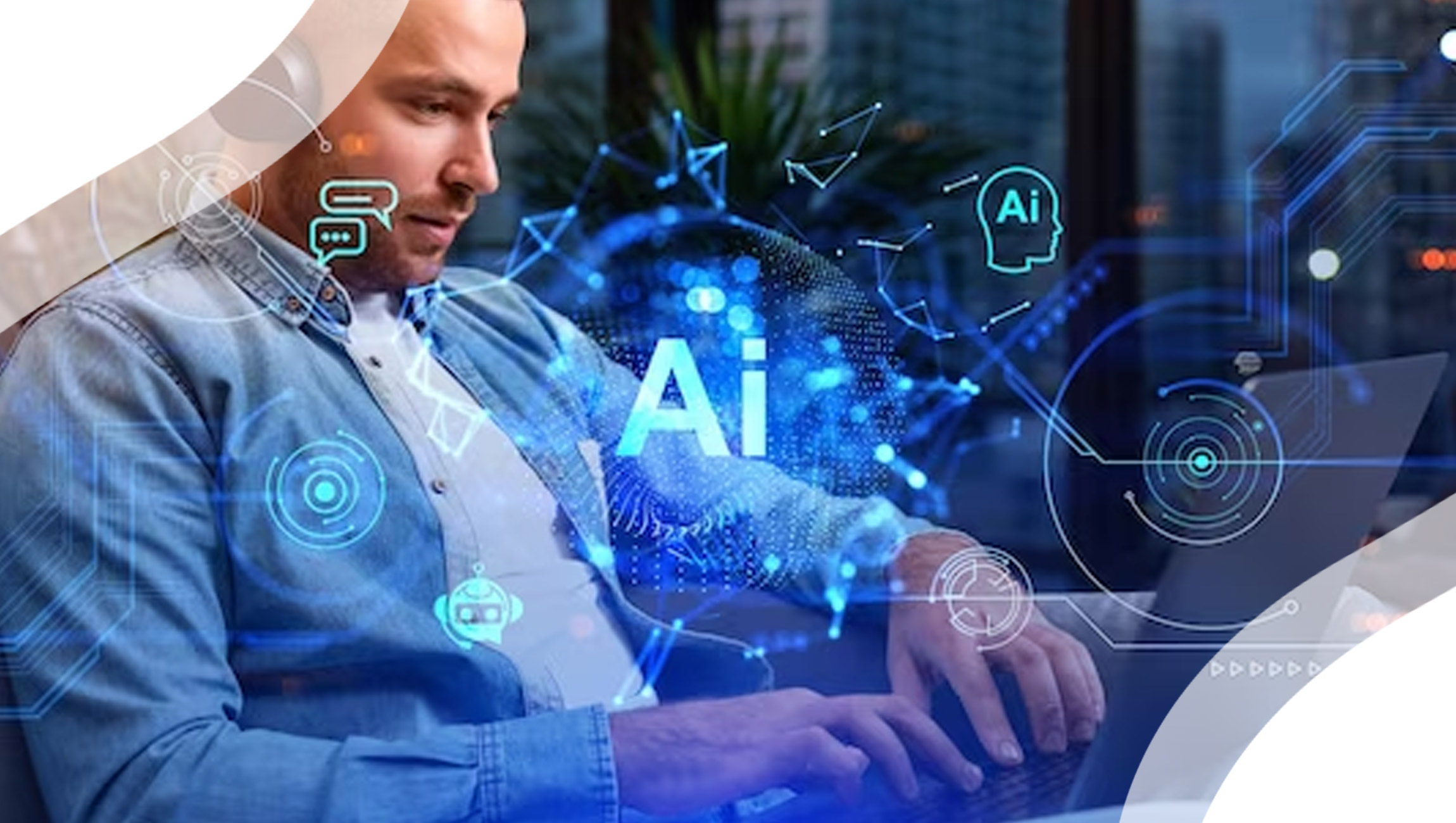The Growth of Generative AI

Gigantic language and image models, also known as generative AI, are set to create a plethora of opportunities for professionals and businesses…
Generative AI is a type of artificial intelligence that involves the use of algorithms to generate new content such as images, videos, and text. While generative AI has been around for some time, it is now becoming mainstream thanks to advancements in machine learning algorithms and the availability of large datasets.
The technology is becoming more popular with services such as OpenAI’s ChatGPT, DALL-E, or Midjourney. From media and entertainment, to design, and more, Generative AI has a key role to play. Generative AI has already disrupted our work and life, and this is just the beginning.
Read More: Future of RFID: The Cost of Inaccurate Inventory
Some areas where Generative AI is already making its mark are:
- Language Models: We have generative models such as ChatGPT that are trained to create human-like text.
- Generative Design: We can use AI to create new designs and artwork, and it saves our time and effort.
- Music Generation: Some generative models can compose music, create beats, and even generate MIDI files.
- Robotics and Control: We have AI-based tools to generate control systems for robots and other physical devices.
While this is an impressive list of areas where generative AI is already creating an impact, the reality is, artificial intelligence will penetrate more and more in our everyday areas.
Currently, new artificial intelligence technology is taking Silicon Valley by storm. Very soon, you will get to use it in your daily software suite of Microsoft and Google. While we know that the first broad applications of AI have burst into the realm of the consumer internet, with ChatGPT and its open-ended chats. However, Microsoft and Google made announcements to add AI into their daily tools for knowledge workers.
“As we look ahead, we believe this generative AI will unlock a new wave of productivity growth, Satya Nadella”
Let us see how Microsoft and Google are entering the realm of generative AI in a more sophisticated way.
Microsoft and AI
Last week, Microsoft has made announcements of its plans to push AI into all corners of its business. The software giant has committed a $13 billion partnership with the start-up Open AI, whose ChatGPT bot has already captured the attention of everyone.
Microsoft has recently integrated Open AI models into its Bing search engine.
Microsoft will integrate AI assistants called Capilots into the software. The bot will draw data from the customer information already stored in the database.
Google and AI
Google has also taken the same path as Microsoft to generate some more profits from generative. It will soon incorporate AI into the software that businesses pay for. The company has plans to embed AI into emails and word-processing docs to draft emails and create job descriptions and other documents by giving simple prompts to the AI model.
With this AI integration into the Google suite, users can create more playful or professional content in a matter of seconds. However, these features will be available to the trusted users of the company. Google has also debuted Generative AI app builder, a tool to help businesses and governments to quickly develop their chatbots.
Just as software developers flocked to build more applications for smartphones, Google expects that more programmers will be interested to build new AI applications. Building such large models is not easy, and it demands the work of specialized engineers with rare qualities and supercomputers to handle processing demands. Most of the companies will not have the resources to replicate the work of Google, Microsoft, or Open AI, so they are working to fulfil the market demand.
Irrespective of the industry it is used in, generative AI will have a profound impact on each of them.
Read More: SalesTechStar Interview with Joanna Johnston, Chief Customer Officer at BigPanda
Will Generative AI replace Jobs?
Although the new technology has the potential to automate a few tasks, it may replace a few jobs. However, we will see a rise in more jobs shortly. Some jobs may become obsolete, but others are likely to evolve to complement the increased use of AI. Furthermore, AI adoption will lead to economic growth and new opportunities in finance, health, transportation, and other sectors.
Wrapping Up
We can say that Generative AI carries the potential to revolutionize several industries, and it is sure to impact our lives in many ways. From creating an immersive and real-life virtual world to automating repetitive tasks, generative AI will improve our productivity to enhance our daily life experiences.




